Auguste Rodin first visited the British Museum in 1881, experiencing artefacts that he had long studied on paper and in plaster. For him, as for many others, the Parthenon sculptures were the pièces de résistance, and he visited frequently, retracing their every contour. They were, the museum’s exhibition ‘Rodin and the Art of Ancient Greece’ (26 April–29 July) suggests, inspirational in his decision to begin his own collection of antiquities, which came to underpin his art practice. In turn, that practice contributed significantly to the artistic and academic reception of the Parthenon sculptures.
The neatness of this formulation obscures several important questions – not least how an artist famed for taking sculpture in such a radically new direction by melting the figure into and off the block kept the art of 5th-century Athens, which had been seen as the acme of cultural production since at least the 18th century, if not as far as back as the Hellenistic period, firmly on its pedestal. This question does more than acknowledge that every act of innovation or departure demands an engagement with tradition that feeds, as well as severs the link to any possible inheritance. It asks that we see classicism as a key ingredient in Rodin’s early incursions into modernism, and the calm faces and ideal bodies of the cavalrymen on the Parthenon frieze as compatible with his sculpture’s formless, even style-less expressiveness. This is the same frieze that inspired the horses in John Gibson’s bas-relief The Hours Leading the Horses of the Sun (1848) and in George Frederic Watts’s monumental sculpture Physical Energy (c. 1870–1904), not to mention the draperies in the canvases of Frederic Leighton, whose self-portrait of 1880 captures him in front of it, and these three artists were central to the ‘Victorian classical revival’.
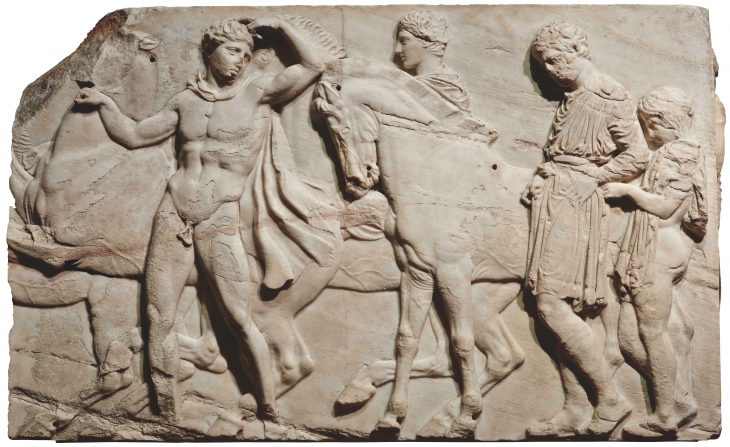
Detail of block from the north frieze of the Parthenon, c. 438–432 BC. The British Museum, London
‘Classical revival’ can take many forms – if ‘revival’ is the right word; the ‘classical’ does not die, but is hopeful and nostalgic to different degrees, depending on the context. It is also always in competition with other novelties and memories. Rodin’s quest for a truth in art inspired ultimately by the Greeks was different from that of British-based sculptors, and of French contemporaries such as Edgar Degas and Henri Matisse. At roughly the same time as Rodin began establishing his classical collection and conceiving of pieces such as Pallas (Athena) with the Parthenon (1896), Paul Gauguin could write of the ‘great error’ that was the Greek. Gauguin mixed Indian and Polynesian influences in his own radical relief-sculpture and, from the early 1880s onwards, did what Rodin refused to do when it came to marble, and painted his sculpture – not only in response to debates about the polychromy of Greek art, but also displaying a debt to Chinese relief.
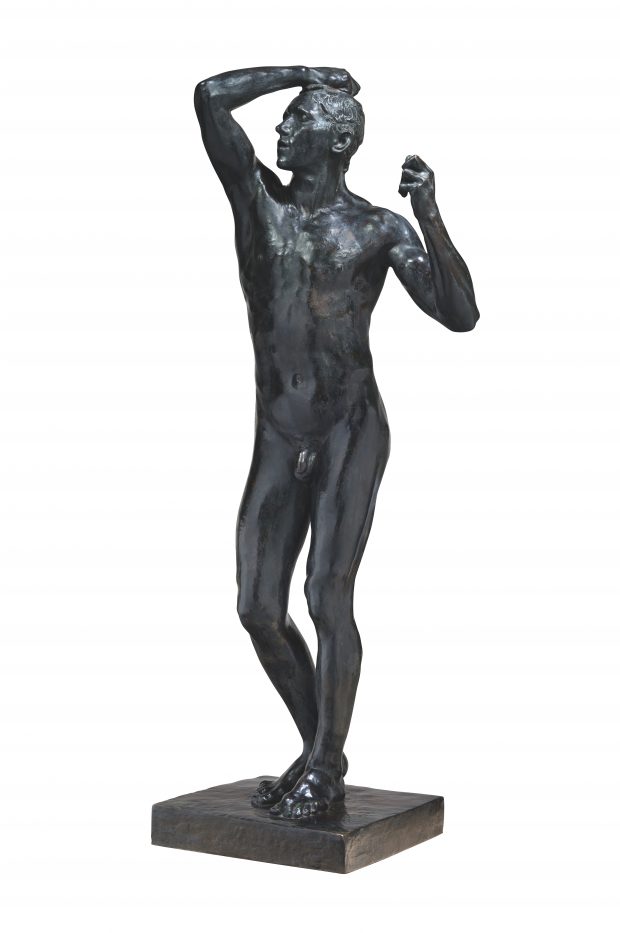
The Age of Bronze (1877; sandcast before 1916), Auguste Rodin. Photo: © Musée Rodin
In this material mixing-pot, Rodin became, like the Greek art that fired him, enemy and exemplum. He may have been hailed as the ‘French Pheidias’ (Pheidias being the Athenian sculptor credited with the Parthenon’s sculptural programme), but Pheidias’s particular talent had been for statues of gods, and gods were something that were increasingly falling from fashion in the 19th century in favour of down-to-earth subjects. Only a year after Rodin’s London visit, the English sculptor Hamo Thornycroft was experimenting in pencil and wax with the prototypes for his bronze Mower, a sculpture of a labourer in his work clothes; and in Paris, the most desirable antiquities from the Greek world were the recently discovered Tanagra figurines of the 3rd century BC, whose urban elegance and sassy style danced on the grave of staid neoclassicism. Universal exhibitions on both sides of the Channel brought sculpture, the decorative arts and industry together in an unprecedented display of ‘progress’. Increased mechanisation made sculptors’ studios more factory-like than ever, and, by querying the ‘manus’ (hand) in ‘manu-facture’, fed the Art and Crafts movement.
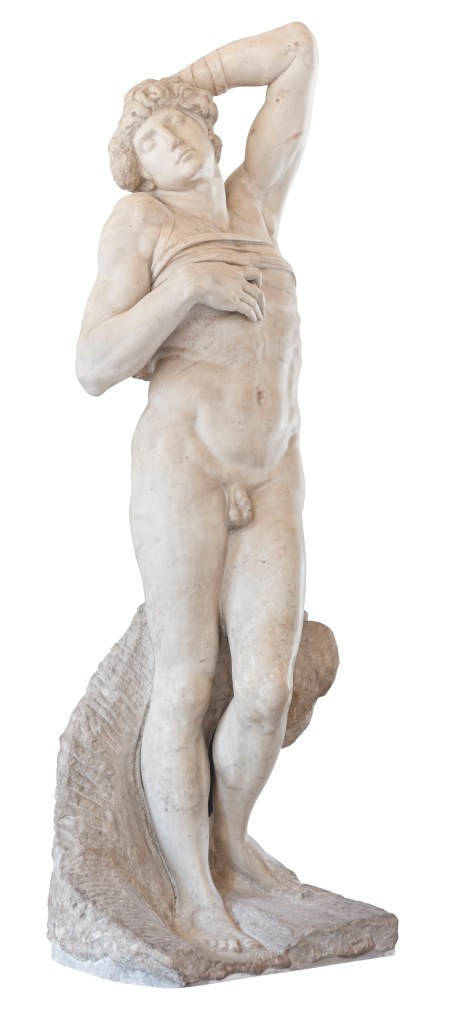
The Dying Slave (c. 1513–15), Michelangelo Buonarroti. Musée du Louvre, Paris. Photo: vkstudio/Alamy Stock Photo
Tanagra figurines were not the only Greek antiquities to have been shaking what Greek art looked like. For all that the unveiling of the Parthenon sculptures in London early in the 19th century had had a massive impact on what the classical was, confirming, eventually, that Winckelmann had been right to see the art produced in the 5th and 4th centuries as particularly special, and downgrading the Roman versions of Greek statuary (on which his scholarship had been based) as imitative, the sculptures were, by the time Rodin saw them, competing with a larger and more varied corpus of genuine Greek art than ever before. Perhaps most influential in this regard were the early 5th-century sculptures from the pediment of the Temple of Aphaia at Aegina, which had been excavated in 1811 and were later displayed in the Munich Glyptothek, and the 6th-century ‘Apollo of Tenea’, ‘Apollo of the Naxians’ and Athenian ‘Moscophoros’ or ‘Calf Bearer’, found in 1846, 1835 and 1864 respectively. It is no accident that these should have appealed to modernism’s rejection of history, and its tendency towards abstraction. These archaic ‘Apollos’ (or ‘kouroi’ as we now call them) put the naturalism for which Greece had been famed in its place by bodying forth a power that was of the block and that privileged the frontal plane. From 1877–80, the South Kensington Museum in London had hosted a selection of Heinrich Schliemann’s Mycenaean and Trojan finds, taking Greek art back into the Bronze Age.
It was not only the ‘Greek’ element of ‘Greek and Roman art’ that was being sifted and separated. The gothic too was being reborn, not only for railway stations and hotels, but as a means of lending authority and sanctity to the boom in English church-building. Truro Cathedral, for example, begun in 1880, and the first to be built on a new site in England since Salisbury in the 13th century, favoured gothic spires over Renaissance domes. Whereas classical architecture glorified the architect, a ‘pure Gothic church’ might be built ‘simply for the glory of god’ (in the words of Henry Yates Satterlee, the Episcopal Bishop responsible for America’s Washington National Cathedral).
Without an understanding of this fast-moving world and of the oscillating place of the classical within it, we starve of oxygen Rodin’s explosive engagement with Greek art, both before and after 1881. His male nude, The Age of Bronze of 1877 (originally titled The Vanquished One) may, as the British Museum is quick to point out, mirror the pose of one of the young men preparing for the cavalcade on block XLVII of the Parthenon’s north frieze, as well as allude to the Dying Slave (c. 1513–15) by Michelangelo, an artist who had become more interesting to Rodin after his visit to Italy two years previously. But in so many other respects, it is un-classical, closer in kind to the restless figures of ‘New Sculpture’ as represented by Thornycroft’s Mower and, in 1885, Frederic Leighton’s Sluggard (sometimes known as Athlete Awaking from Sleeping) than to the languor of Michelangelo’s figure. Self-consciousness has turned to luxuriousness and the certainty, stillness and distance of the classical antique has turned into indecision, anxiety almost, a natural attitude and withdrawal into the self that caused controversy. Absent is any ancient identity to justify its nudity or to give it an aim. It portrays a psychological state, not a narrative.
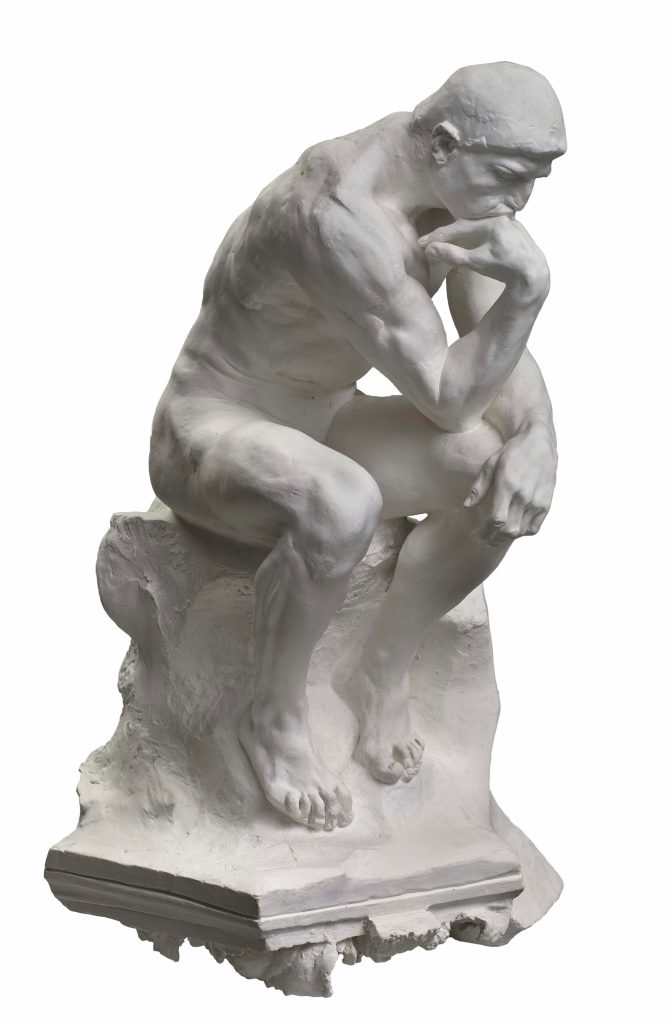
The Thinker (1881–82), Auguste Rodin. Musée Rodin, Paris. Photo: Herve Lewandowski; © Musée Rodin
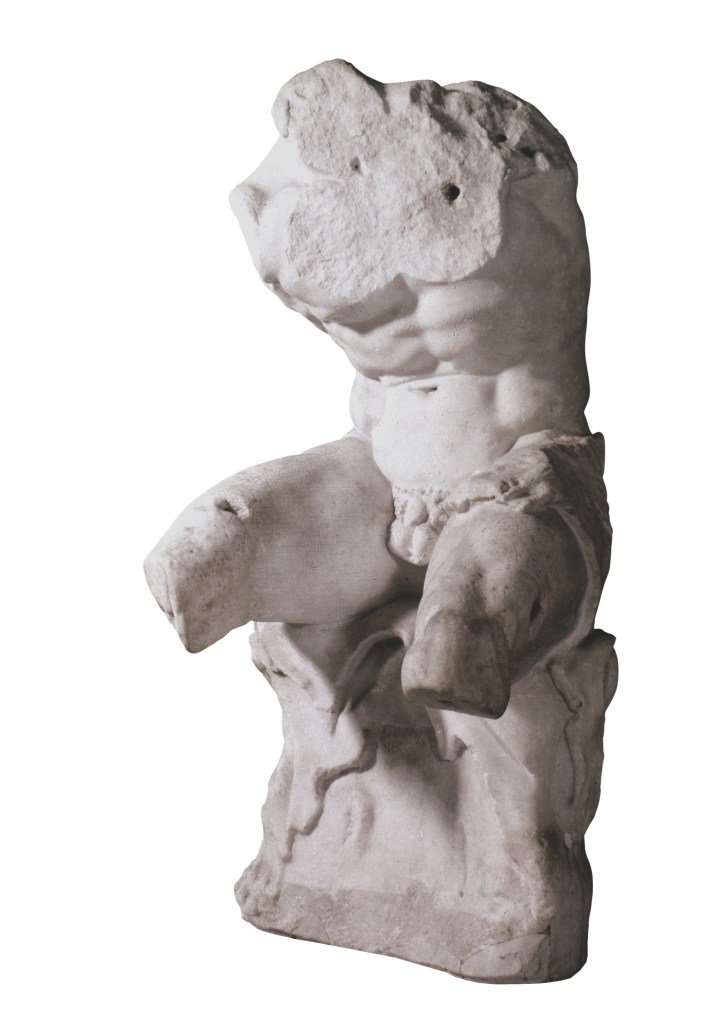
The Belvedere Torso, early 1st century BC, signed Apollonius. Museo Pio-Clementino, Vatican City
If we turn to later works like The Thinker, first conceived in 1880, and then in monumental form in 1903, and Thought (c. 1895), the relationship to the Greek is no less complex. Seeing Parthenon sculptures unrestored in London certainly swelled the sense of perfection that Rodin attributed to the fragmentary form, a perfection also embodied by statues such as the Venus de Milo, unearthed in 1820, and realised de novo in interventions like his headless, armless Walking Man. But this fascination played out in unpredictable ways – not least in his decision to make the Belvedere Torso the core of The Thinker’s composition. The Belvedere Torso was one of the few antiquities, prior to the 19th century (when the anxieties inherent in every act of restoration began to have more of an impact on conservation-practice), to have escaped restoration. In a sense, Rodin was doing what Michelangelo had supposedly refused to do; he was completing the statue, and in a manner reminiscent of the latter’s sculpture of Lorenzo, Duke of Urbino. But it is a ‘completion’ that almost erases the limbless torso by putting the weight on the right hand, the chin, and the head. It is also a ‘completion’ of Rodin’s own previous iteration of the Belvedere Torso, his Torso of Ugolino (made shortly after his return from Italy in 1876), one of several pieces inspired by Jean-Baptiste Carpeaux’s Ugolino and his Sons, the bronze version of which was shown in the Salon in 1863 and which rivals The Thinker as the most famous French sculpture of the 19th century.
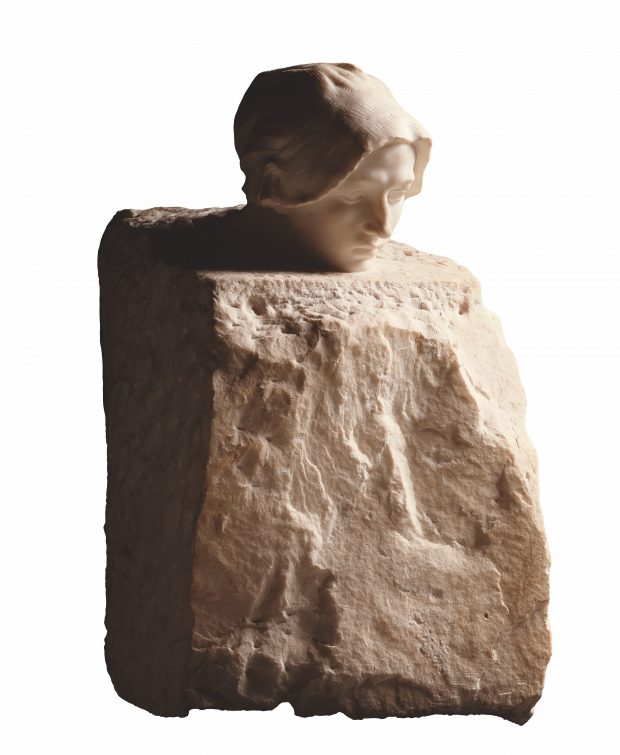
Thought (c. 1895), Auguste Rodin. Courtesy the British Museum, London; photo: © RMN-Grand Palais (Musée d’Orsay)/René-Gabriel
Thought, meanwhile, is one of Rodin’s most Symbolist works, nudging at, yet rejecting the classical form that is the herm, a type that is simultaneously a likeness and not a likeness, a head on a quadrangular pillar. Instead the portrait of Camille Claudel, his studio assistant and lover, balances as though on the executioner’s block. Despite the artwork’s abstract name, it shares little with the sculpted personifications for which classical antiquity is famed, statues such as Scopas’s 4th-century BC Desire (Pothos), though Rodin was to make his own version of that figure, too. Dead also, or so it would seem, is the tradition of classical portraiture as represented by something like the ‘Azara herm’ of Alexander the Great, which was found at Tivoli in Italy and entered the Louvre in 1803 (1st–2nd century AD). It is not only thought that is emerging from matter here; sculpted form is reborn in a Breton bonnet.
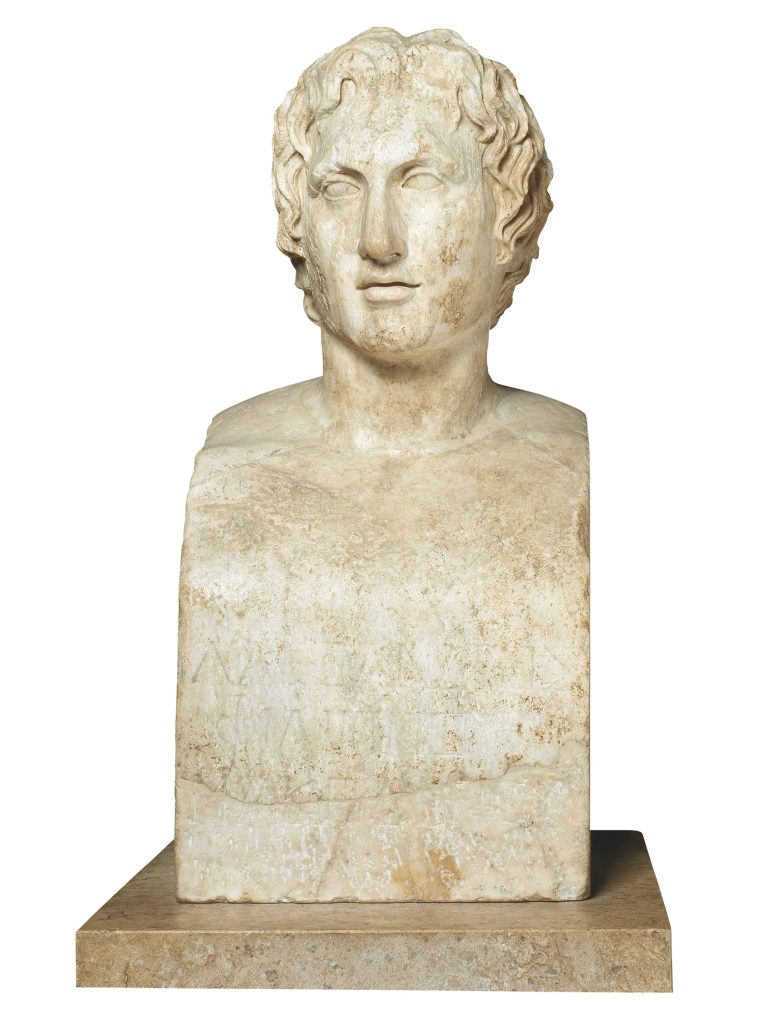
Portrait of Alexander the Great (the ‘Azara herm’) (1st–2nd century AD), Roman. Musée du Louvre, Paris Photo: Musée du Louvre, Dist. RMN-Grand Palais/Daniel Lebée/Carine Déambrosis
If it is the Parthenon’s inspiration we are looking for in the work of Rodin, we find it most explicitly in Pallas (Athena) with the Parthenon. Again this is a portrait, this time of Mariana Russell, the Cassino-born wife of the Australian Impressionist painter John Peter Russell. Rodin was one of the most sought-after portraitists in history, and portraiture is an art form more often associated with Rome than Greece: any beauty here is arguably Italian. Once this beauty is adapted to allegorical ends, however, its spirit is Hellenic, albeit a Hellenism that throws down a challenge rather than offering a solution. Like the mythological heroine Niobe who is turned to stone, Mariana’s face emerges from the rock, her roughly hewn hair doubling as the Athenian Acropolis on which the Parthenon sits. Whereas Athena is born fully armed from the head of her father Zeus, an event captured on the east pediment of the Parthenon, here it is the Parthenon itself that appears. The temple was consigned in antiquity to function as the container of the colossal gold and ivory statue of the goddess inside it; now Athena, or the wisdom she personifies, contains the temple. Rodin has turned the classical inside out, concentrating years of detailed drawing into an ideogram.
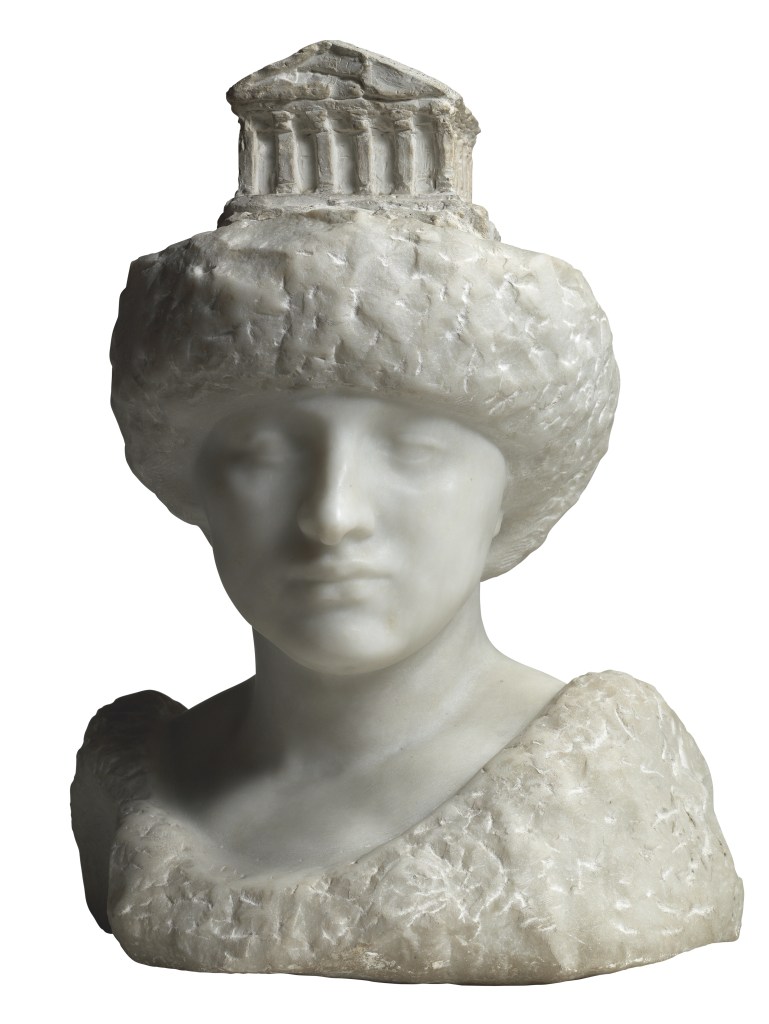
Pallas (Athena) with the Parthenon (1896), Auguste Rodin. Courtesy the British Museum, London; photo: © RMN-Grand Palais (Musée d’Orsay)/René-Gabriel Ojeda
As with the tiny Parthenon, there is a lot going on in the ‘and’ of the British Museum’s formulation, ‘Rodin and the Art of Ancient Greece’. Put ancient and modern examples side by side as an exhibition of this kind must do, and the complexity of the conjunction is collapsed, reduced to a game of ‘snap’ that obfuscates the divergence, the daring, the crowding of stimuli – conscious and sub-conscious – from Greece, ancient and Renaissance Rome, Christianity and the French Revolution. Late in Rodin’s life, the Bible would rank among the artist’s favourite bedtime reading. Anthony Ludovici, his secretary of the time, recalled in his memoirs that the artist ‘delighted in expounding his own subtle interpretations to many of its passages’. Around 1900, Rodin followed contemporaries such as Claude Monet by adding Japanese prints to his collection, which included hundreds of Egyptian as well as Greco-Roman artefacts. He made a large number of sculptures and drawings of the Japanese actress, Hanako, whom he met in Marseille in 1906. Where does the expressiveness of these works sit ‘next to’ that of his other works, the Western tradition ‘next to’ the East? ‘Next to’ is an overly passive terminology: these works bleed into each other, as indeed do the competing discourses of classicism and orientalism.
Even the Parthenon itself offers Rodin different models – from the natural purity of the ‘living, breathing’ frieze, to the deeper-cut abandonment of the centaurs and the contortion of the dying Lapiths of the metopes, and the two mighty goddesses (figures L and M), who watch Athena’s birth on the east pediment, their undulating ‘flesh’ and flowing drapery melting into each other in anticipation of the fused lovers of Rodin’s Kiss – and all of this prior to taking the figures’ damaged quality, and the building and its columns into account. Small wonder that Rodin was obsessed. But ‘obsession’ need not mean capture. Writhing or tortured, Rodin’s figures refuse to be pinned down. They no more arise from the artist’s engagement with Greece, or with Michelangelo, or with any other single ‘source text’, than from a dynamic or noise, amplified by the competition and expanded interest in the triad of culture, creativity and ingenuity that came of world fairs.
In 1899 and 1900, Rodin’s international reputation skyrocketed, when he exhibited his work in solo shows in Brussels, Rotterdam, Amsterdam and The Hague, and then in a pavilion to coincide with the Exposition Universelle in Paris. As a consequence, his was the only sculpture in an exhibition of ‘ontemporary French art held at Grosvenor House in Park Lane, London. It was now 1914, and Rodin would end up loaning and then giving these works to the Victoria and Albert Museum in honour of the French and English soldiers who were fighting side by side in France. Not even the Great War could silence the reverberations of the 19th century’s productive clamour.
Caroline Vout teaches Classics at the University of Cambridge. Her most recent book is Classical Art: A Life History from Antiquity to the Present (Princeton University Press).
‘Rodin and the art of ancient Greece’ is at the British Museum, London, until 29 July.
From the May issue of Apollo. Preview and subscribe here.
Unlimited access from just $16 every 3 months
Subscribe to get unlimited and exclusive access to the top art stories, interviews and exhibition reviews.

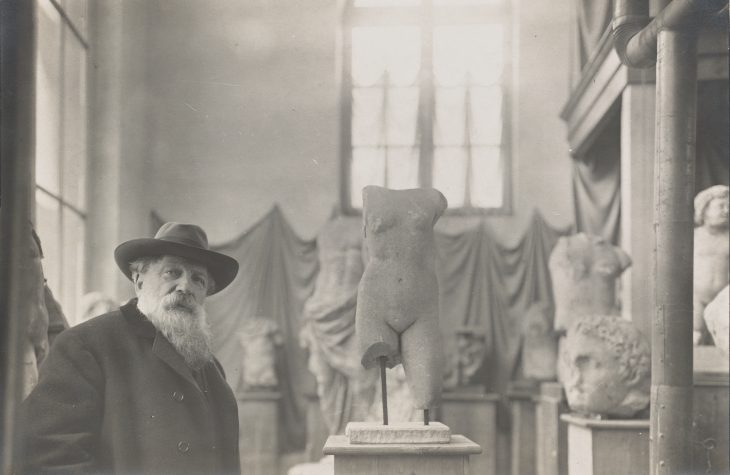
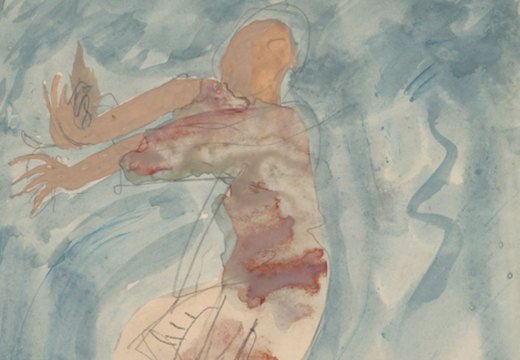
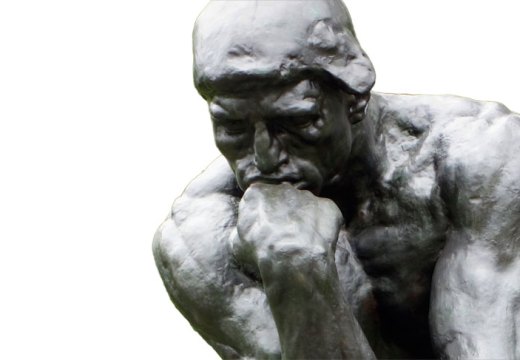
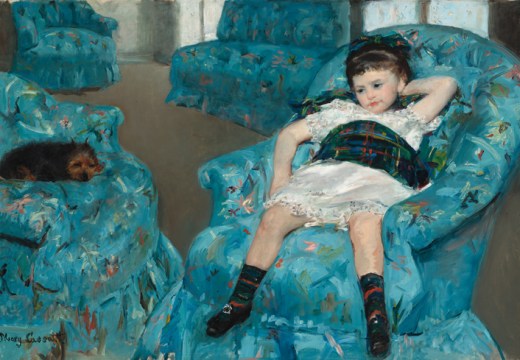









![Masterpiece [Re]discovery 2022. Photo: Ben Fisher Photography, courtesy of Masterpiece London](http://www.apollo-magazine.com/wp-content/uploads/2022/07/MPL2022_4263.jpg)
It’s time for the government of London to return to its rightful home